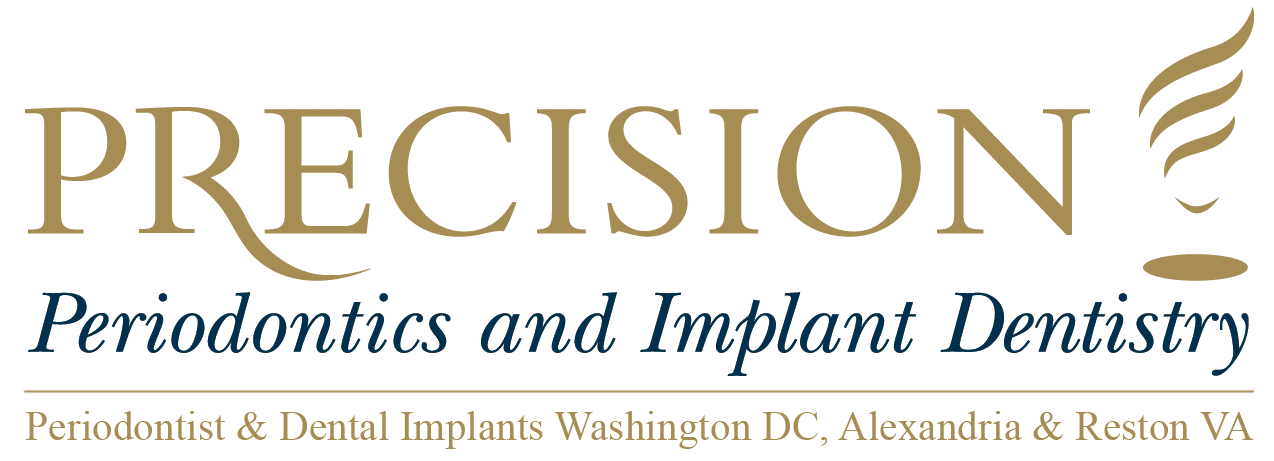Periodontology - Periodontitis
Periodontitis is an advanced stage of periodontal disease that is characterized by detachment of the periodontal ligament from the cementum, an event which causes periodontal pockets to form in the gums surrounding the teeth. Periodontitis usually causes bad breath and may lead to loss of alveolar bone and possibly the teeth. Periodontitis is caused by the body’s immune system responding to the presence of an excess of bacterial plaque in the oral cavity, which causes the tissues of the gums to become inflamed. It usually first presents as gingivitis, and, if left untreated, progresses to periodontitis. Once periodontal disease has progressed to periodontitis, it is no longer reversible, and the goal is maintain the health of the oral cavity as much as possible in the hopes of retaining the teeth. The best prevention for periodontitis is regular, effective oral hygiene, including correctly brushing twice daily with a soft-bristled brush and fluoride toothpaste, as well as cleaning between the teeth, usually with dental floss. Because regular toothbrushes cannot remove dental calculus, which is bacterial plaque that has hardened and formed a breeding ground for further plaque accumulation, periodic professional dental cleanings are also an important part of staving off periodontitis.
Periodontitis is classified into seven major categories. Of these seven classifications, only gingivitis is reversible. The six other classifications are chronic periodontitis, aggressive periodontitis, periodontitis as a manifestation of systemic disease, necrotizing ulcerative gingivitis or periodontitis, abscesses of the periodontium, and combined periodontic/endodontic lesions. The classifications are defined by severity, which is determined by the sum of periodontal ligament fibers that have been destroyed, and extent, which refers to the overall percentage of the teeth that are affected by the disease. The goal of initial therapy is to remove the microbial plaque and dental calculus that have accumulated on the teeth. This requires a professional deep cleaning, below the gum line, to mechanically remove the plaque and calculus found there, a procedure which often requires multiple visits and local anesthesia. Once the oral cavity and roots of the teeth have been thoroughly cleaned and possibly treated with an antibacterial solution, the patient is evaluated again in four to six weeks. At these evaluation appointments, the depths of periodontal pockets are measured and noted; if they indicate that the disease is still active, periodontal surgery may be necessary. There are many different types of periodontal surgeries, and appropriate surgical treatment depends on the extent and nature of the disease and the overall condition of the dentition and oral cavity. Regular maintenance is vital to preventing the repopulation of pathogenic microorganisms and requires the establishment of good oral hygiene practices, dental office visits, and possibly the evaluation and management of detrimental habits, like smoking.
Chronic periodontitis affects an estimated 10 percent of the world’s population and is more prevalent in economically destitute populations that lack access to dental care. Gum diseases have existed across cultures around the world for thousands of years, though its severity and number have increased with industrialization, dietary changes, and the introduction of smoking. Loss of productivity in the workforce due to periodontitis is estimated to take a $54 billion toll on the global economy each year.
